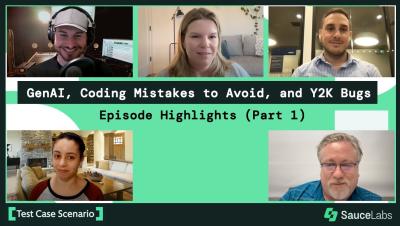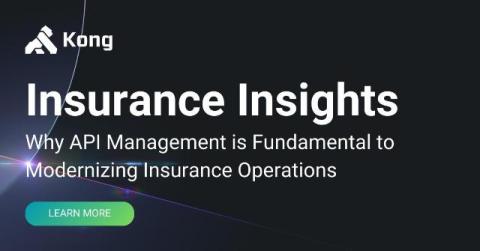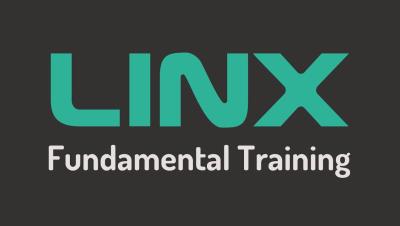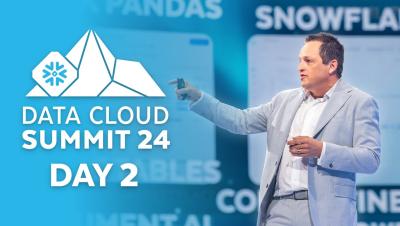The Ultimate Guide to API for Developer Productivity
In this guide, we help you navigate the API landscape with confidence as a developer. This no-nonsense guide spotlights RESTful, SOAP, and GraphQL APIs and their roles in optimizing your projects. We discuss best practices and integration strategies that can refine your development toolkit, helping you build resilient, interconnected software systems with ease.











